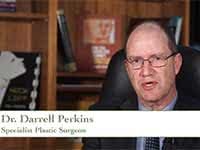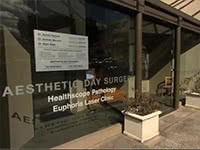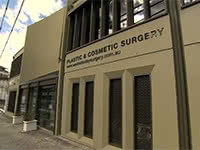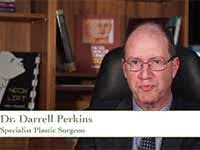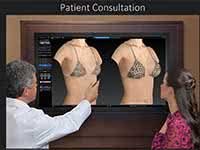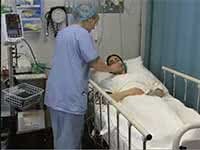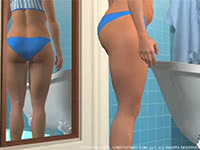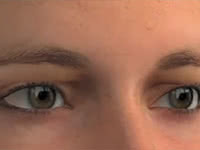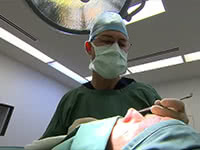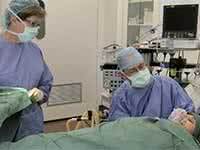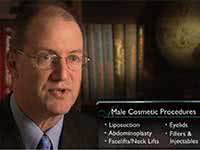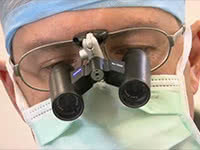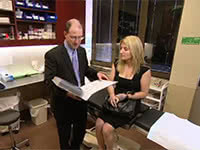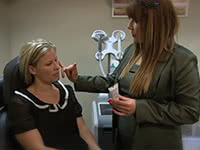Facelift surgery reverses the gravitational effects of aging. The nasolabial fold, sagging cheeks, the folds in the muscle and skin of the neck, and sagging jowls can all be corrected by a face lift.
Facelift is an operation to turn back the clock. It’s to reverse the gravitational effects of aging, so, it’s really the jowls, the loose neck skin and the nasal labial folds. All modern facelifts involve two basic maneuvers. We tighten what we call the SMAS, which is the superficial muscular aponeurotic layer, which is the sort of fibrous layer underneath the skin. We use that to take the tension. We re-drape skin. We don’t pull skin tight. Tight skin is not youthful. Loose skin is old, but tight skin is not youthful. If anyone goes and looks at a five year old, there is two things you notice: that the skin is plump, it has fat in it, it is not denuded of fat, and they don’t have excess skin. So, the modern facelift involves taking the tension, pulling tight on the platysma muscles, the SMAS layers, to get that tension and pull out and reposition deposits of fat, but also involves this repositioning and getting rid of excess skin. These are superficial operations in many respects. We almost universally do facelifts now as day surgery. Pain is not an issue. We put long-acting local anesthetic in the patient when they’re asleep and in the recovery. Most patients are astounded and surprised at how little pain they actually have in the postoperative period. Facelift is not a magic wand to treat everything on the face. People who have aging and blotchy skin may need procedures such as face peeling or laser to treat that aging and sun damage. Lines produced by muscle contraction, such as in the frown lines and crow’s feet, etc., may need injections to paralyze the muscles in that area to stop the crinkling of the muscles. So, facelift is not an overall magic wand for the face. A goal of a facelift is really to produce a rejuvenated youthful version of yourself. Many patients, I think, fear that they’re going to have that windswept sort of look. That’s really facelift done badly. If you have a good facelift, you should be, as I said, a natural rejuvenated version of yourself. You’re putting your back up the slippery slide of aging. Commonly, people who do have a good facelift their friends don’t notice, if they don’t know. They make comments like, they know something’s different but because you don’t look abnormal, they can’t tell what it is. They make comments like, “You’re looking well,” or “You’ve been on a holiday”. They know there’s something different about them, but because it doesn’t look abnormal, they can’t pick it out. I think that’s very important. I think facelift is really an operation where you’re trying to produce a natural look, not an operated look. An operated look is highly undesirable for both the patient and the surgeon. It’s something to be avoided.







